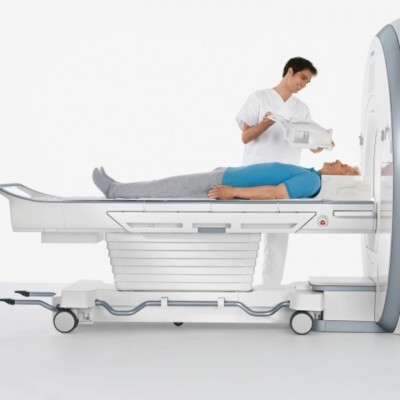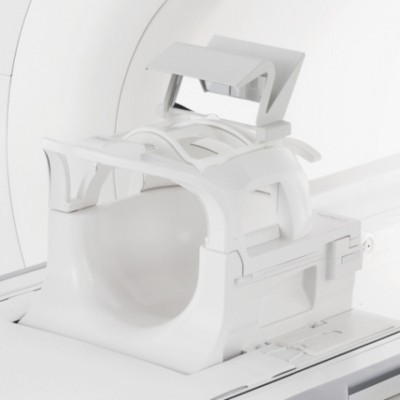Neuroscience is the scientific study of the central nervous system (CNS) consisting of the brain and spinal cord. Neuro MRI is the examination by Magnetic Resonance Imaging of the spine or brain. Because MRI can define the brain and spinal cord clearly without interference from bone, it is often the procedure of choice for neuro imaging. Your doctor may recommend seeing a Neuro MRI specialist.
There are several reasons for your doctor to recommend MRI of the spine or brain:
- Aid in the diagnoses of disorders affecting the brain, including tumors; infarction (an area of dead tissue due to interruption of blood flow); edema (swelling); abscesses; and leakage of blood (hemorrhage) due to a ruptured blood vessel
- Assess various abnormalities of the spinal cord and to evaluate the spine before surgery or after surgery
- To determine the extent of brain or spinal cord tumors before treatment for cancer, and to monitor the area of abnormality for recurrence after treatment has been completed
- To identify multiple sclerosis and other similar disorders that cause nerve degeneration in the brain
Common clinical indications for a Brain MRI
- Evaluate for pituitary gland abnormalities as a potential cause for hormonal problems
- Evaluate for structural brain abnormalities that could be causing common symptoms such as hearing loss, dizziness, headache, weakness, or visual changes
We offer a Neuro MRI specialty and our exams are tailored to your specific symptoms, after review of your medical history, and your doctor’s orders. Our radiologists from Advanced Radiology, SC, have created a protocol to give you and your physician the most accurate diagnosis.
Anatomy of the spine
The spinal column, also called the spinal canal, is made up of 33 vertebrae that are separated by discs and classified into distinct areas.
- The cervical spine consists of 7 vertebrae bodies from the base of the skull and the neck
- The thoracic spine consists of 12 vertebrae bodies in the upper back
- The lumbar spine consists of 5 vertebrae in the lower back
- The sacrum has 5 small, fused vertebrae in the posterior pelvis
- The coccyx (tailbone) consists of 4 vertebrae fused to form 1 bone
- The spinal cord, a major part of the central nervous system, is surrounded by the bones of the spine and a sac containing cerebrospinal fluid (CSF). The spinal cord carries sensory and movement signals to and from the brain, and controls many reflexes.
Anatomy of the brain
The brain is an important organ that controls thought, memory, emotion, touch, hearing, motor skills, vision, respirations, temperature, hunger, and every other process that regulates our body.
What are the different parts of the brain?
The brain can be divided into the cerebrum, brainstem, and cerebellum:
- Cerebrum. The cerebrum, the front of the brain, is composed of the right and left hemispheres. Functions of the cerebrum include: initiation of movement, coordination of movement, body temperature, touch, vision, hearing, judgment, reasoning, problem solving, emotions, and learning.
- Brainstem. The brainstem, or middle of brain, includes the midbrain, the pons, and the medulla. Functions of this area include: movement of the eyes and mouth, relaying sensory messages (such as hot, pain, and loud), hunger, respirations, consciousness, cardiac function, body temperature, involuntary muscle movements, sneezing, coughing, vomiting, and swallowing.
- Cerebellum. The cerebellum is located at the back of the head. Its function is to coordinate voluntary muscle movements and to maintain posture, balance, and equilibrium.
*For some MRI exams, a contrast such as gadolinium will be injected in a vein to provide the necessary detail of soft tissues and blood vessels to enhance the images.

